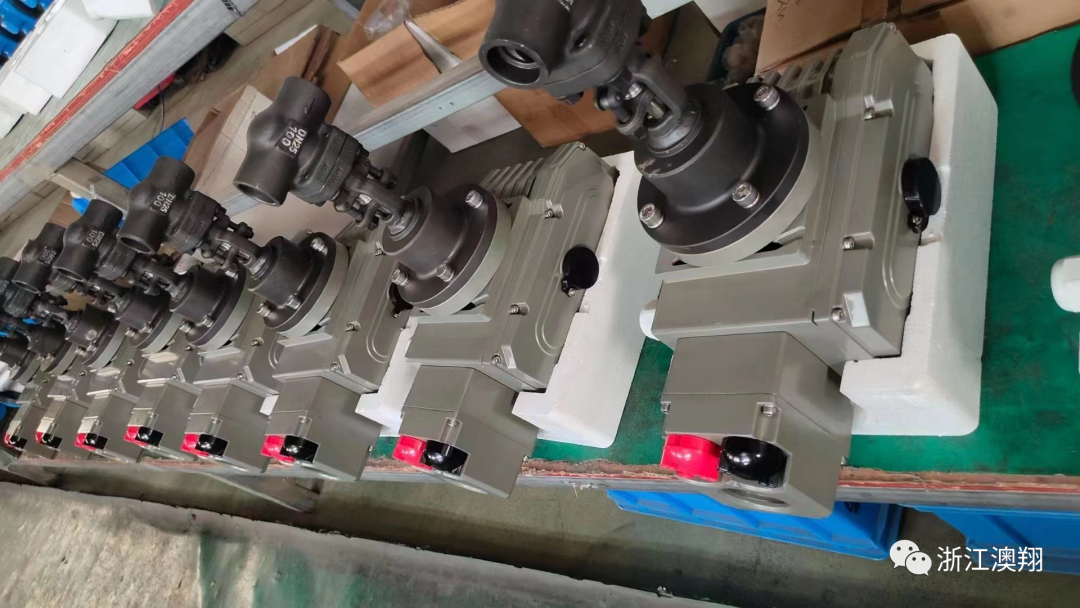
- English
- Español
- Português
- русский
- Français
- 日本語
- Deutsch
- tiếng Việt
- Italiano
- Nederlands
- ภาษาไทย
- Polski
- 한국어
- Svenska
- magyar
- Malay
- বাংলা ভাষার
- Dansk
- Suomi
- हिन्दी
- Pilipino
- Türkçe
- Gaeilge
- العربية
- Indonesia
- Norsk
- تمل
- český
- ελληνικά
- український
- Javanese
- فارسی
- தமிழ்
- తెలుగు
- नेपाली
- Burmese
- български
- ລາວ
- Latine
- Қазақша
- Euskal
- Azərbaycan
- Slovenský jazyk
- Македонски
- Lietuvos
- Eesti Keel
- Română
- Slovenski
- मराठी
- Srpski језик
Flow Resistance Coefficient and Fluid Resistance Calculation Formula of Electric Globe Valve
2022-11-23
1、 Flow resistance coefficient of electric globe valve
The flow resistance coefficient of the electric globe valve depends on the size, structure and inner cavity shape of the globe valve. It can be considered that each element in the chamber of the globe valve body can be regarded as a component system that generates resistance (fluid turning, expanding, shrinking, re turning, etc.). Therefore, the pressure loss in the globe valve is approximately equal to the total pressure loss of each component of the valve.

Definition of Flow Coefficient of Electric globe valve
The flow coefficient of the electric globe valve indicates the flow rate of the fluid when the fluid flows through the globe valve to generate unit pressure loss. Due to different units, the discharge coefficient has several different codes and values.
Calculation of Flow Coefficient of Electric globe valve
Typical data of flow coefficient of electric globe valve and factors affecting flow coefficient.
2、 Calculation formula for fluid resistance of electric globe valve
The electric globe valve is used for fully opening or fully closing. According to its function, it cannot be used as throttling. In this case, the valve clack of the globe valve may be damaged due to the violent vibration generated when the medium passes through. However, the disc design of throttle valve should consider the sealing performance when it needs to be completely closed.
The following data on the hydraulic characteristics of the globe valve are applicable to accurate transmission power calculation, and can also be used to identify the work of the closed circuit valve.
In the electric globe valve, the size of the opening sectional area Ak depends on the structure of the valve disc and its opening height on the valve seat.
In case of plane seal, the opening area can be calculated by the following approximate formula: Ak=πDch
In case of conical valve clack (needle valve,), it can be calculated according to the following formula:
Ak=π(Dc-hsinαcosα)hsinα
The chamfered flat disc, in terms of its shape, lies between the plane and the cone. If the opening height of the disc is very small and the bottom of the disc is not higher than the valve seat surface, the formula of the conical disc can be used; If the opening height is large, Ak value is close to the data determined by the formula of plane sealing disc. At this time, the opening height of disc shall be calculated according to the distance between the bottom of disc and the valve seat surface. The fluid resistance of DN25mm globe valve is determined by the opening height between the valve clack and the valve seat.
3、 Fluid resistance of electric globe valve
The flow resistance coefficient of the electric globe valve varies with the type, model, size and structure of the globe valve.
The change of resistance of one element in the pipeline system will cause the change or redistribution of resistance in the whole system, that is to say, the medium flow affects each pipe section mutually.
In order to evaluate the influence of each element on the resistance of the globe valve, the resistance data of some common valve elements are quoted. These data reflect the relationship between the shape and size of the globe valve element and the fluid resistance.



